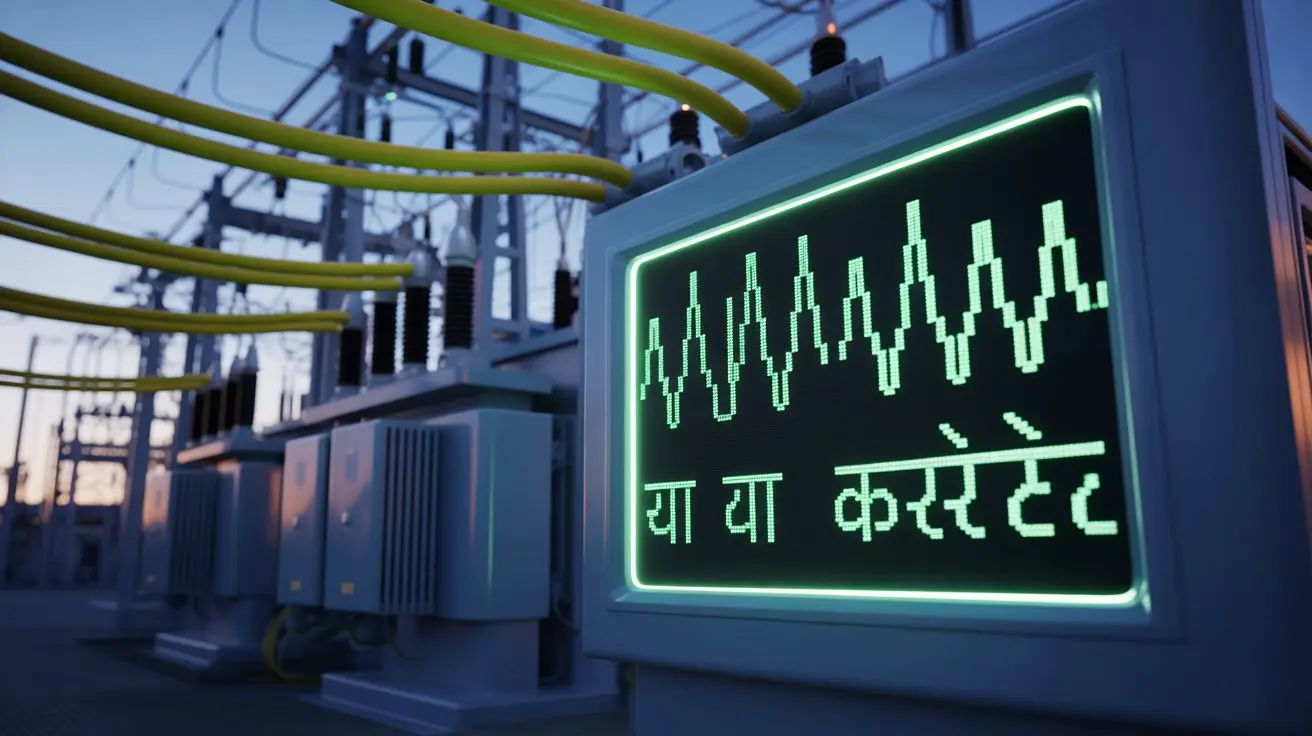
Learn how a protection relay resolves issues related to voltage and current. It ensures system safety by protecting equipment from conditions like overload, short circuits, and voltage imbalances.
Introduction
Imbalance in voltage or current in any electrical system can be dangerous for equipment. In such cases, a Protection Relay acts like a safety shield, immediately detecting these abnormal conditions and protecting the circuit or machine from damage.
The relay not only identifies overloads but also detects issues like voltage drops, short circuits, and overcurrent, ensuring the overall safety of the system. Click here https://www.powertest.in for detailed information about the relay testing kit.
Introduction to Voltage and Current
Voltage and current are two of the most important components of any electrical system.
Voltage is the force that drives electrons through a circuit, while current is the actual flow of electrons passing through the wires.
The balance between these two is essential for the proper functioning of electrical equipment.
If voltage or current exceeds or falls below its specified limit, it can lead to problems such as overload, short circuits, or system failures.
How does a protection relay solve problems related to overload? Click here https://www.nsengineers.co.in/blogDetails/29 to learn more! ⚡
Solution for Voltage or Current Issues
When the voltage or current in an electrical system exceeds or falls below its specified limit, the safety of the system is at risk.
In such situations, the Protection Relay immediately activates and initiates the protection process. Its operation is as follows:
-
Detecting Abnormality:
The relay continuously monitors voltage and current. As soon as it goes beyond the set limit, the relay detects it. -
Sending Signal:
In case of an abnormality, the relay sends a trip signal to the circuit breaker. -
Tripping the Circuit Breaker:
The circuit breaker immediately stops the flow of electricity, eliminating the effects of overcurrent or overvoltage. -
System Protection:
This process protects equipment from burning, damage, or short circuits, ensuring the entire system remains safe.
ConclusionA Protection Relay is an essential safety device in any electrical system that immediately detects abnormal conditions related to voltage or current and protects the system.
The relay activates during situations such as overload, overvoltage, undervoltage, and short circuits, tripping the circuit breaker so that the electricity flow stops instantly, preventing damage to equipment.
Installing the right protection relay not only extends the lifespan of machines but also ensures continuous production and the reliability of the system.👉 Keep your electrical system safe — use protection relays and prevent unexpected failures! ⚡


